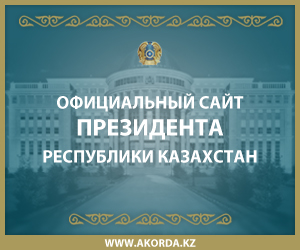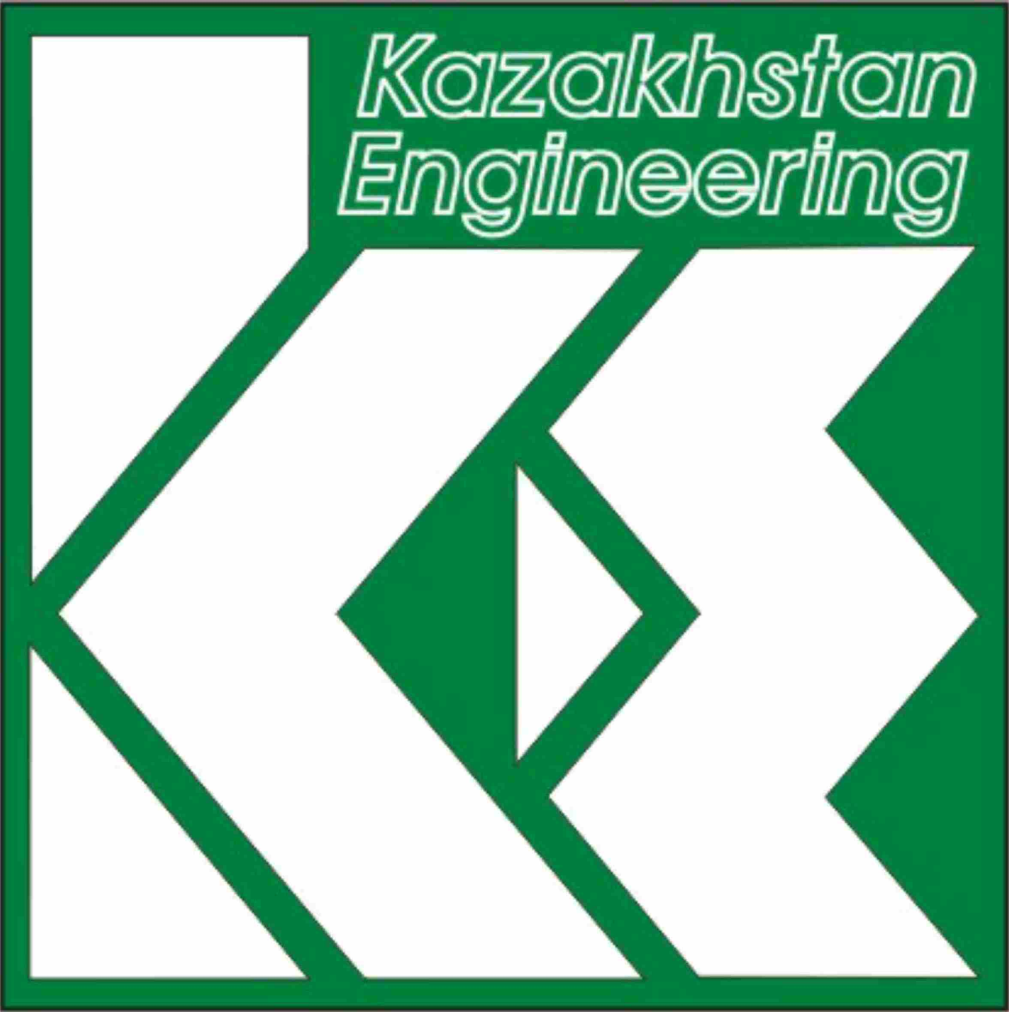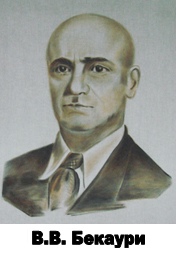 The background of the Zenit plant begins in the city of Leningrad where in October, 1931 has been put into operation acting the skilled and experimental plant of the Special technical bureau on development of military equipment ("OSTEHBYuRO") run by the talented organizer and the inventor Vladimir Ivanovich Bekauri who has received a name "Engineering plant of name K.E. Voroshilova (plant No. 231)". The plant was under construction based on the Dvigatel plant which also was a part of "OSTEHBYuRO", and since 1931 was practically on one with it to the production site. The 231st specialized in release of radio-controlled mines, devices for torpedoes and various devices and devices for aircraft.
The background of the Zenit plant begins in the city of Leningrad where in October, 1931 has been put into operation acting the skilled and experimental plant of the Special technical bureau on development of military equipment ("OSTEHBYuRO") run by the talented organizer and the inventor Vladimir Ivanovich Bekauri who has received a name "Engineering plant of name K.E. Voroshilova (plant No. 231)". The plant was under construction based on the Dvigatel plant which also was a part of "OSTEHBYuRO", and since 1931 was practically on one with it to the production site. The 231st specialized in release of radio-controlled mines, devices for torpedoes and various devices and devices for aircraft.
In September of the first military year in connection with blockade in Leningrad, the plant of name K.E. Voroshilova No. 231 has been evacuated to the city of Uralsk. First echelon from 35 cars with people and 194 units of equipment of the plant has arrived to the city of Uralsk from besieged Leningrad on September 10, 1941. It was the first and only echelon which has arrived from the plant of K. E. Voroshilov. Almost along with it from Leningrad there arrived workers and experts with the equipment of the plants No. 181 "Dvigatel" and "Kompressor".
Already next day, on September 11, 1941, the regional committee of party and regional executive committee of the Ural region have made the joint decision "On placement of the plant No. 231". On September 11, 1941 factory workers consider date date of a rebirth of the plant on the new Homeland - the Kazakhstan state of Cisural area.
Approximately echelons with the separate equipment and people from the plant No. 175 of S. M. Kirov from Big Tokmok began to arrive to the same time, in September, 1941. A little later, since December, 1941 and in 1942 – from the torpedo plant No. 182 of Kaspiysk.
In total from September to December, 1941 to Uralsk there have arrived the unique equipment and about 1000 experts and members of their families from Leningrad, Big Tokmok, Kaspiysk and Feodosiya. The main part of workers and experts has arrived from the Leningrad plant No. 181 "Dvigatel" - they continued to arrive to Uralsk up to August, 1942.

Citizens have accepted evacuated, having moved with housing, have allocated them 220 rooms – 110 in Goro, the others – in the Backwater. Less than two square meters fell on one person.
So, the chronicle of the plant of K. E. Voroshilov on the Ural earth has begun with severe everyday life of the labor front of the Great Patriotic War.
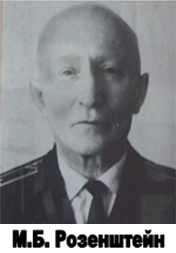
Rosenstein Mihail of Borya-sovich became the first plant manager No. 231 of K. E. Voroshilov in Uralsk. The complex challenge was coming it: from scratch to create the plant and to arrange production in Uralsk. However it stayed in this position not for long. In August, 1942 Rosenstein M. B. from Uralsk has been recalled to Alma-Ata for the organization of the plant of S. M. Kirov (nowadays – JSC Plant of S. M. Kirov). Work was adjusted literally from wheels: it was necessary to issue rather products and to send it to the front. Worked, generally skilled workers from the evacuated plants, but working hands wasn't enough. Set of workers has been announced, in 1941-1942 on the plant Ural residents actively arrived – generally it were women and children from a school bench, 15 years because able-bodied men's, and a part and women's, the population has left on the front weren't many of which also. As soon as have installed the first machines, children and girls began to put helpers to the Leningrad workers, but hasn't passed also month as they began to work at machines independently. In view of big shortage in the city of personnel, at the plant the vocational school on factory training in which trained in working professions of pupils of 8-9 classes of schools of the city has been created.
It was really labor feat of factory workers, from the moment of arrival in Uralsk of the first echelon has passed less than a month. Practically from the first days of formation on the Ural earth, at the plant the group of the designers who have arrived to Uralsk among the first specialists Leningrad residents evacuated here conducted development of weapon, absolutely new on that time, – the traceless electric ET-80 torpedo. The group was headed by the talented engineer, the designer in the field of underwater arms, the inventor of torpedoes Nikolay Nikolaevich Shamarin. In April, 1942 on the plant, having evacuated on "Road of Life" from besieged Leningrad, for accomplishment of a government task on preparation of production and speeding up of work on creation of this torpedo, there arrived the group
Practically from the first days of formation on the Ural earth, at the plant the group of the designers who have arrived to Uralsk among the first specialists Leningrad residents evacuated here conducted development of weapon, absolutely new on that time, – the traceless electric ET-80 torpedo. The group was headed by the talented engineer, the designer in the field of underwater arms, the inventor of torpedoes Nikolay Nikolaevich Shamarin. In April, 1942 on the plant, having evacuated on "Road of Life" from besieged Leningrad, for accomplishment of a government task on preparation of production and speeding up of work on creation of this torpedo, there arrived the group
of specialists with families headed by the chief of the machine-assembling shop of the Dvigatel plant No. 181 Pyotr Aleksandrovich Atoyan. At the beginning of 1943 the first batch of these torpedoes has been sent to the Northern Fleet, and all for years of war by the plant 303 ET-80 torpedoes have been sent to the fleet. The main developers of the torpedo – the chief designer N. N. Shamarin, designers V. D. Gorbunov and G. I. Zhigar in March, 1943 were conferred a rank of winners State awards of the 1st degree (an award of Stalin), and more than 40 factory workers are recommended for government awards.
The main developers of the torpedo – the chief designer N. N. Shamarin, designers V. D. Gorbunov and G. I. Zhigar in March, 1943 were conferred a rank of winners State awards of the 1st degree (an award of Stalin), and more than 40 factory workers are recommended for government awards. It is known that factory torpedoes have sunk the huge liner of the fascist fleet "Wilhelm Gustlow" and the auxiliary cruiser "General fon Steuben".
One of copies of the well-known ET-80 torpedo has been exposed in the hall of the Leningrad Naval museum.
And on the open area of the Sevastopol panorama among the most important samples of weapon of the Great Patriotic War the contact electric and percussion mine of M-08 which release, along with 20-millimeter shells for aviation guns and other types of mines, the plant has started also in 1942 has been exposed. For years of war plant of name K.E. Voroshilov delivered to the ships of the fleet about 4000 min. various types. On mine obstacles 213 enemy ships, including 103 fighting ships were undermined. Practically every twentieth ship of the opponent was blown up by the mine made by our plant.
Except torpedoes and mines, in the years of war the plant released also ship compressors for the front; detonators; cartridges phosphorus-calcium; induction shock devices; Aubree devices; shells are aviation; details of MILESTONES and other necessary equipment which nomenclature made 16 names. Only until the end of 1941 about 28,5 thousand detonators of various types, 4000 cartridges phosphorus-calcium, several thousands of devices for aircraft have been sent to the front.
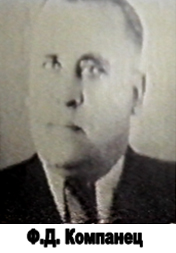
To replace Rosenstein M. B. who left for Alma-Ata, Kompanets Feodosiy Danilovich who arrived to Uralsk from a position of the director of the torpedo plant No. 175 of S. M. Kirov from was appointed to the plant manager's post of K. E. Vorosha - fishing in 1942. Big Tokmok of the Zaporizhia region where again returned back in 1943. In April, 1943 young employees of the plant together with youth of Uralsk have collected on construction of an aviation squadron "Komsomol of Kazakhstan" of 102500 rubles. Workers, experts and employees deposited personal funds in the amount of monthly and two-month earnings on a tank column "the Western Kazakhstan", and also were signed also on state loans. 379000 rubles have been collected what it has been reported by the telegram to the State Committee of defense about. In reply factory workers have received the telegram from its chairman I. V. Stalin with words of gratitude which is kept in the museum of the plant.
The plant helped the front not only weapon and money. The fiery roads on fronts of the Great Patriotic War have run many factory workers. Their courage and courage in cruel fights are noted by high state awards. From fields of battles of the Great Patriotic War 68 factory workers haven't returned, their names are immortalized on a factory obelisk of Slava and Memory where in their honor the Sacred Eternal flame is lit. From fields of battles of the Great Patriotic War 68 factory workers haven't returned, their names are immortalized on a factory obelisk of Slava and Memory where in their honor the Sacred Eternal flame is lit.
The assessment of their powerful contribution to the Victory over the enemy became result of dedicated work of factory workers in the years of war, their labor heroism, civic courage and patriotism. In 1985, to the 40 anniversary of the Victory in the Great Patriotic War the plant, only among the enterprises of Kazakhstan, has been awarded the order Patriotic war of the 1st degree.
In the first post-war years there was a territorial merging of the plant, from the backwater of Chapayev shops were gradually relocated on the uniform production site in the city.
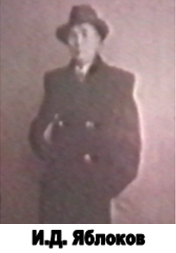
The plant manager Yablokov Ivan Dmitriyevich appointed to this position in 1944 directed process of a re-deployment. For the management of the plant of Yablokov I. D. the last military year and the beginning of restoration of the economy destroyed by war has had, up to appointment as the plant manager of K. E. Voroshilov Atoyan P. A. October 18, 1947.
New factory cases have gradually been reconstructed and constructed, the branch line from the station Uralsk is brought to the plant, engineering networks and communications are carried out, there were cars and tractors, social infrastructure began to spread – the first actively are under construction apartment two - and three-storey buildings, and then, with development by the plant in the mid-fifties of release of a silicate brick, - higher houses and the city's first skyscrapers nine-storey buildings, kindergartens and day nursery will be organized, the sponsored school No. 3, library is put into operation. Later factory workers by method of "national building" have built the stadium bearing nowadays a name of P. A. Atoyan with stands to 10 thousand viewers, large-format movie theater "Avrora", the school No. 3 gym, a factory shooting gallery and palace of culture and technicians with gyms and the auditorium to which then the swimming pool has been attached. All this, and also policlinic and hospital, a complex of technical school with the hostel, the large boiler room on natural gas heating not only the plant, but also all factory settlement and many other things made infrastructure of the plant. In post-war years the plant, in fact, became the city-forming enterprise, having turned from usual workshops into the modern large production with many thousands collective which has become by universal recognition, a leader of the industry of the city and area.
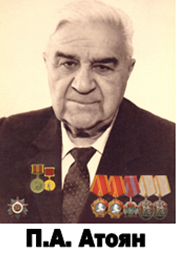
Since the state in 1947 has entrusted P. A. Atoyan to head the 231st plant, he remained is true and devoted to him and factory collective all the life. Pyotr Aleksandrovich has stretch worked as the plant manager 42 years, and his general seniority has made 63 years, of them 56 years at the plant of K. E. Voroshilov. More than half a century P. A. Atoyan was in a factory working system, selflessly working day and night, not reckoning with personal time, having given to formation and development of the plant the inexhaustible energy and commitment, talent of the organizer and vast experience of the zealous business executive, innovator, than the business authority and respect of all factory workers, residents of Uralsk, all Cisural area has deserved and huge industrial case of the Ministry of shipbuilding.

Atoyan P. A. it is awarded by two Orders of Lenin, two awards of the October Revolution, two awards "Honour Sign", an award of Patriotic war of the second degree, 12 medals, including "For defense of Leningrad", "For valorous work in the Great Patriotic War of 1941-1945", "For labor valor". He is a Honourable citizen of Uralsk. To Atoyan P. A. the rank "Honoured Worker of the Industry of the Kazakh SSR" is given. It is awarded by five Certificates of honor of the Supreme Council of the Kazakh SSR, the badges "Excellent Student of Physical Culture and Sport of the USSR", "Excellent Student of Civil Defence of the USSR", "Excellent Student of National Education of the Kazakh SSR" and others.
In 1989 Pyotr Aleksandrovich Atoyan was succeeded by the vigorous, initiative representative of the younger generation of factory workers who has passed at the plant a way from the ancillary worker, the design engineer, the chief designer to the director, Valiyev Vyacheslav Hamziyevich, the director, the first in the history of the plant, who aren't appointed, and elected to this position on alternative secret democratic elections of the plant manager by labor collective.
With independence finding by Kazakhstan in 1991 all usual way, all life, the fixed mechanisms promptly have changed to unrecognizability. One bodies and the organizations were abolished, others were created. Laws changed, dazzling with contradictions and gaps. Money changed. Promptly inflation grew. The planned economy and the State Planning Committee nomenclature have been cancelled. Allocations for expansion and the maintenance of production capacities and social and economic structure allocated to the plant with the allied Government during the stay of the Soviet Union have been stopped. The acquired economic communications fell decades. The defensive industry has undergone conversion, production needed to be reconstructed on release of civil production, to find new orders which had to be "pulled out" literally at competitors. There was a fierce fight for a market gain. Full uncertainty was ahead formed.
The management of the plant sought to find application for his production capabilities to load capacities, to provide employment to collective and to leave thereby from developed as it seemed, an impasse. To survive during the most difficult period of "dashing nineties" it was necessary to take all possible measures, including tough decisions on reduction of workers, realization of some not used objects, release from social infrastructure which lay at the enterprise a heavy burden now.
In this hard time the plant has managed to stand, without having suspended work for one day, without having allowed so usual for those times a raskhititelstvo of fixed assets and material values, has managed to keep the production and personnel potential.
In the conditions of conversion at the plant in the shortest possible time new production more than 60 names of civil production has been organized. However it was insufficiently, besides, the plant was initially created as the knowledge-intensive production under release of single and small-scale production. The enterprise sought to find such niche where both the unique factory equipment, and possibilities of the enterprise for production of technically complex products, and high quality workers, and qualified specialists will be demanded, many of which have got an education in well-known and prestigious Leningrad "korabelka", and experience of factory workers in the field of production of marine special facilities. There was so an idea of shipbuilding at the plant which with support in the conditions of conversion at the plant in the shortest possible time new production more than 60 names of civil production has been organized. However it was insufficiently, besides, the plant was initially created as the knowledge-intensive production under release of single and small-scale production. The enterprise sought to find such niche where both the unique factory equipment, and possibilities of the enterprise for production of technically complex products, and high quality workers, and qualified specialists will be demanded, many of which have got an education in well-known and prestigious Leningrad "korabelka", and experience of factory workers in the field of production of marine special facilities. There was so an idea of shipbuilding at the plant which with assistance of the Head of state and the Government of the republic in 1993 was embodied in the shipbuilding program of Kazakhstan in which the plant has been determined by the head performer by production of boats and ships for law enforcement agencies of the republic.
Today the Ural plant "Zenit" is a recognizable enterprise not only in the West Kazakhstan region and the republic, but also is far beyond her limits, including in foreign countries. For 23 years during which the plant is engaged in shipbuilding business partner connections with many enterprises directly related to shipbuilding and marine facilities which geography stretches across all Eurasia from Atlantic to the Pacific Ocean are acquired and takes even Australia and Canada.
One their important directions of production manufacture of the equipment for oil and gas branch on ASME, API and GOST, repair and service of a technology equipment for the oil and gas companies is. The plant has wide experience and actively works in the sphere of manufacture of production and rendering specialized technical services for this branch. Among the made production – the steel bearing metalwork, platforms and floorings for production buildings, pipe support, a product flange-fitingovye, a flange-mounting attachment and anchor bolts of high strength, the non-standard equipment, etc. Services – repair and maintenance of the equipment, testing of welded connections and materials. Also the plant releases the equipment for processing of agricultural products, goods of technological assignment and national consuming and intends not to be restricted reached, and to develop further the nomenclature and the product range of civil assignment.
The plant keeps pace with its state. The company manufactured and delivered to the customer thirty-four shipbuilding products. The factory workers are ready to strengthen these remarkable indicators with new innovative initiatives and labor achievements!










